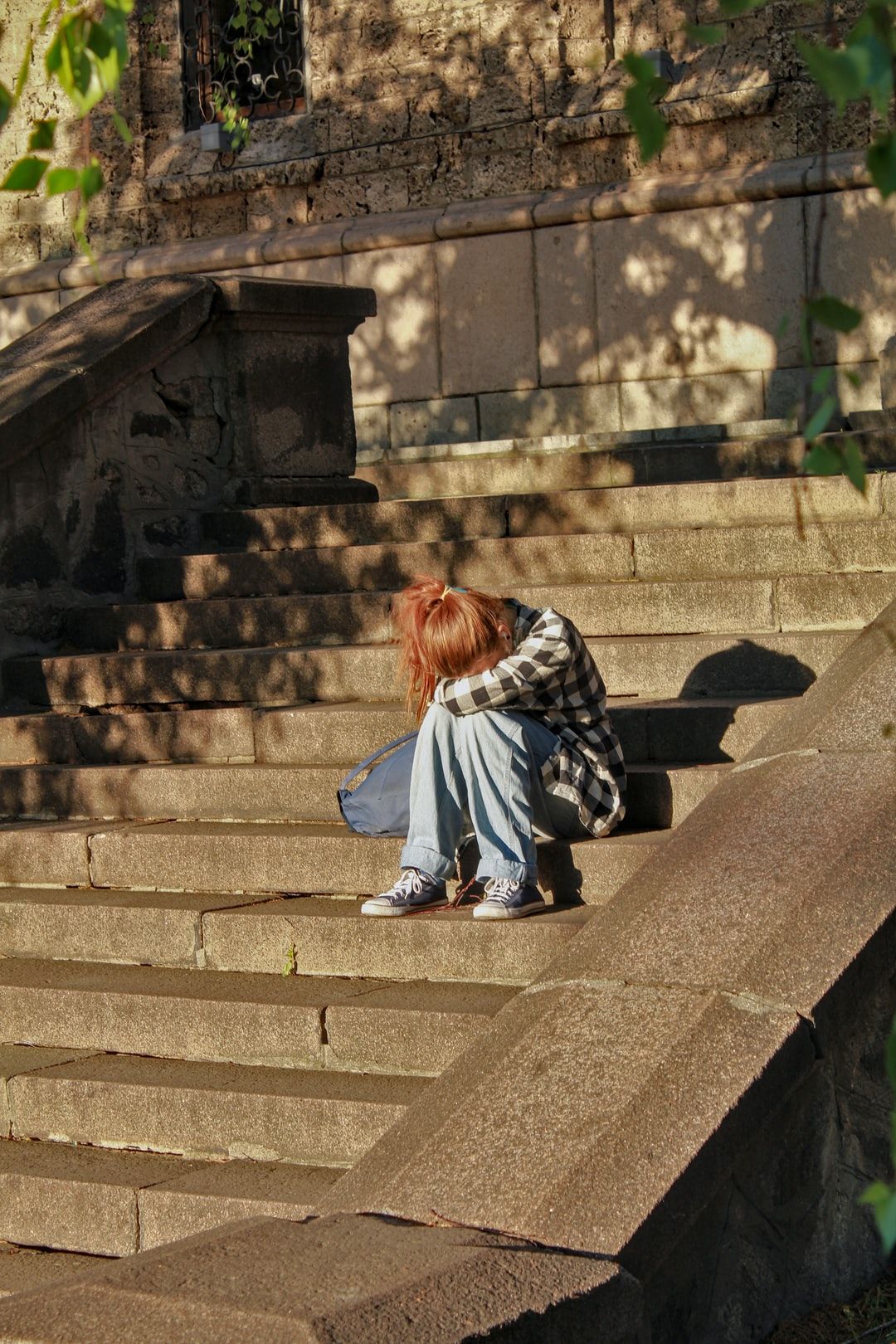
The word bully or bullying has been thrown around in the media, in schools, by parents and by children to the point that it seems to include any mean behavior by anyone, anytime. I believe that the word has lost its meaning, and it's time we reacquaint ourselves with what it really means. First, a frienemy is a vacillation back-and-forth between friend and enemy. It is more common than bullying, yet destructive in its own ways. It is a painful experience that often occurs when friends reject you and turn to other friends. It occurs when unhealthy patterns within a friendship are ignored. And it occurs when friends play a back-and-forth game with power and control. The result can be that children lose their motivation to risk new friendships, retaliate in kind, or develop low confidence in themselves.
As parents, it's important for us to be alert to both types of unhealthy relationships: frienemies and bullying. Let's take some time and focus on bullying. Often, children use the label "bully" when describing their friend's angry reaction at recess, repeated joking by a classmate, or an angry outburst by some random child. But bullying is different. Bullying is “repeated, negative acts committed by one or more children against another. These negative acts may be physical or verbal in nature—for example, hitting or kicking, teasing or taunting—or they may involve indirect actions such as manipulating friendships or purposely excluding other children from activities.”¹
To distinguish bullies from frienemies, three conditions must exist²:
1. The person is the target of aggressive behavior by another person or persons.
2. A power imbalance exists.
3. The aggressive behavior is repeated.
It’s important to note that several reports show that bullying occurs at a higher rate in the elementary years and decreases by high school3. There are reportedly more male bullies than female bullies, but there is some indication that bullying is increasing amongst females. Boys are usually bullied by boys, whereas girls are bullied by both genders4. One in four children report being bullied5. The Bullying in U.S. Schools-Status Report 2012 listed the various ways children report being bullied, including verbal teasing, threats, cyber, rumors, physical, and property damage.
So who is more likely to bully? Generally, children who tend to bully are authoritarian-type personalities who have the need to control, dominate, and want power. Children who bully may come from homes where physical punishment is used or children are taught to retaliate. Children who bully often act oppositional-defiant towards adults, are rule breakers, and act out impulsively. They are often quick to anger and impulsive. Children who bully sometimes show little empathy for victims and derive pleasure from inflicting harm. They might defend their actions by blaming the other person. They might show envy and resentment. Although there are studies that show that people who have bullied often suffer the same depression later in life that victims of bullying do, there are other studies that show that they have middle to high self-esteem and that they feel empowered by demeaning others. And although some studies show a large percentage of people who bullied end up in prison in later life, other studies show that they are the successful, aggressive types that make their way through life based on this power-based ego.
Who are the victims or targets? Any child could be bullied. There is no one stereotype. Some common factors, however, include: anxious, insecure, cautious, low self-esteem, afraid, quiet, lacking social skills, socially isolated, perceived as different, has over-protective parents, physically weaker, passive or submissive, sensitive, shy, and withdrawn. Sometimes children who distract the class or teacher become targets because the students and teachers often act annoyed with them. This negative attention can make them a target. But again, anyone can be a target.
How would you know if your child was getting bullied? There are signs like consistent physical ailments, such as stomachaches, headaches, feeling too sick to go to school, or having unexplained cuts or bruises. There are emotional signs, like increased irritability, withdrawal, sadness, and anxiety. There are social signs, like a lack of friends, withdrawal from friends, and spending time away from other children like suddenly going to the library at recess. There are behavioral signs, like a refusal to go to school, angry outbursts, sudden or unexplained crying, and having trouble sleeping.
What do we do if our kids are targeted by a bully? First, listen to your child. There is a lot of shame and embarrassment when you are the victim of bullying. If you have guessed that they are being bullied, rather than them admitting that they are being bullied, then they will need time and support in order to understand and admit that this is happening to them. It is important that you focus on their feelings rather than your feelings. Talk to your spouse or another parent about your feelings. Once your child opens up about the bullying, partner with the school to find solutions. Do not approach the other child's parents on your own. Schools have "no bullying" policies. Make sure your school is doing what they can to make your child feel safe at school. Meanwhile, continue listening to your child. Find them support, like counseling. Make sure they have a positive network of friends around them. If they do not, find a friendship group. Fill in any social/emotional/confidence deficits that you can. And teach your child compassion and gratitude. Some kids who are bullied learn to retaliate and become bullies themselves. Children need a kind and loving path out of the traumatic experience of being the target of bullying.
Parents are not alone in this battle against bullying. Schools are responsible for adopting strong anti-bullying programs and following through with protecting victims and rehabilitating bullies. But it’s not always simple. Several articles on bullying report that bullying programs are not working. One states, “schools must meet the real emotional and social developmental needs of students for bullying to decrease, for effective teaching and learning to take place, for positive relationships to form, and for students to fully express their talents.”6 Casey’s Clubhouse attempts to foster the “real” emotional and social needs of our members. Our partnership with parents is crucial to success. As a team, we will continue to develop skills to equip kids with the capacity to development healthy self-esteem and the confidence to ask for help when facing big problems.
Take Care,
Laura Schneider, LMHC
Works Cited
¹Limber, Susan P., and Maury M. Nation. “Bullying Among Children and Youth.” Working For Youth and Justice Safety , Office of Juvenile Justice and Delinquency Prevention, http://www.ojjdp.gov/jjbulletin/9804/bullying2.html.
²Luxenberg, Harlan, et al. “Assessed Using Data Collected from the OLWEUS Bullying Questionnaire.” Violence Prevention Works, Hazelden Foundation, https://www.violencepreventionworks.org/public/document/obpp_bullying_in_us_schools_2012report.pdf.
³Take, Joseph A, et al. “The Nature and Extent of Bullying at School.” The Journal of School Health, U.S. National Library of Medicine, https://pubmed.ncbi.nlm.nih.gov/12793102/.
4Nansel, T R, et al. “Bullying Behaviors among US Youth: Prevalence and Association with Psychosocial Adjustment.” JAMA, U.S. National Library of Medicine, 25 Apr. 2001, http://www.ncbi.nlm.nih.gov/pmc/articles/PMC2435211/.
5 “School Bullying Statistics.” Bullying Statistics, 7 July 2015, http://www.bullyingstatistics.org/content/school-bullying-statistics.html.
6 Marc Brackett, and Diana Divecha. “School Anti-Bullying Programs Ineffective.” Hartford Courant, 15 Sept. 2021, https://www.courant.com/opinion/hc-xpm-2013-09-06-hc-op-brackett-school- bullying-programs-ineffectiv-20130906-story.html.
1. The person is the target of aggressive behavior by another person or persons.
2. A power imbalance exists.
3. The aggressive behavior is repeated.
It’s important to note that several reports show that bullying occurs at a higher rate in the elementary years and decreases by high school3. There are reportedly more male bullies than female bullies, but there is some indication that bullying is increasing amongst females. Boys are usually bullied by boys, whereas girls are bullied by both genders4. One in four children report being bullied5. The Bullying in U.S. Schools-Status Report 2012 listed the various ways children report being bullied, including verbal teasing, threats, cyber, rumors, physical, and property damage.
So who is more likely to bully? Generally, children who tend to bully are authoritarian-type personalities who have the need to control, dominate, and want power. Children who bully may come from homes where physical punishment is used or children are taught to retaliate. Children who bully often act oppositional-defiant towards adults, are rule breakers, and act out impulsively. They are often quick to anger and impulsive. Children who bully sometimes show little empathy for victims and derive pleasure from inflicting harm. They might defend their actions by blaming the other person. They might show envy and resentment. Although there are studies that show that people who have bullied often suffer the same depression later in life that victims of bullying do, there are other studies that show that they have middle to high self-esteem and that they feel empowered by demeaning others. And although some studies show a large percentage of people who bullied end up in prison in later life, other studies show that they are the successful, aggressive types that make their way through life based on this power-based ego.
Who are the victims or targets? Any child could be bullied. There is no one stereotype. Some common factors, however, include: anxious, insecure, cautious, low self-esteem, afraid, quiet, lacking social skills, socially isolated, perceived as different, has over-protective parents, physically weaker, passive or submissive, sensitive, shy, and withdrawn. Sometimes children who distract the class or teacher become targets because the students and teachers often act annoyed with them. This negative attention can make them a target. But again, anyone can be a target.
How would you know if your child was getting bullied? There are signs like consistent physical ailments, such as stomachaches, headaches, feeling too sick to go to school, or having unexplained cuts or bruises. There are emotional signs, like increased irritability, withdrawal, sadness, and anxiety. There are social signs, like a lack of friends, withdrawal from friends, and spending time away from other children like suddenly going to the library at recess. There are behavioral signs, like a refusal to go to school, angry outbursts, sudden or unexplained crying, and having trouble sleeping.
What do we do if our kids are targeted by a bully? First, listen to your child. There is a lot of shame and embarrassment when you are the victim of bullying. If you have guessed that they are being bullied, rather than them admitting that they are being bullied, then they will need time and support in order to understand and admit that this is happening to them. It is important that you focus on their feelings rather than your feelings. Talk to your spouse or another parent about your feelings. Once your child opens up about the bullying, partner with the school to find solutions. Do not approach the other child's parents on your own. Schools have "no bullying" policies. Make sure your school is doing what they can to make your child feel safe at school. Meanwhile, continue listening to your child. Find them support, like counseling. Make sure they have a positive network of friends around them. If they do not, find a friendship group. Fill in any social/emotional/confidence deficits that you can. And teach your child compassion and gratitude. Some kids who are bullied learn to retaliate and become bullies themselves. Children need a kind and loving path out of the traumatic experience of being the target of bullying.
Parents are not alone in this battle against bullying. Schools are responsible for adopting strong anti-bullying programs and following through with protecting victims and rehabilitating bullies. But it’s not always simple. Several articles on bullying report that bullying programs are not working. One states, “schools must meet the real emotional and social developmental needs of students for bullying to decrease, for effective teaching and learning to take place, for positive relationships to form, and for students to fully express their talents.”6 Casey’s Clubhouse attempts to foster the “real” emotional and social needs of our members. Our partnership with parents is crucial to success. As a team, we will continue to develop skills to equip kids with the capacity to development healthy self-esteem and the confidence to ask for help when facing big problems.
Take Care,
Laura Schneider, LMHC
Works Cited
¹Limber, Susan P., and Maury M. Nation. “Bullying Among Children and Youth.” Working For Youth and Justice Safety , Office of Juvenile Justice and Delinquency Prevention, http://www.ojjdp.gov/jjbulletin/9804/bullying2.html.
²Luxenberg, Harlan, et al. “Assessed Using Data Collected from the OLWEUS Bullying Questionnaire.” Violence Prevention Works, Hazelden Foundation, https://www.violencepreventionworks.org/public/document/obpp_bullying_in_us_schools_2012report.pdf.
³Take, Joseph A, et al. “The Nature and Extent of Bullying at School.” The Journal of School Health, U.S. National Library of Medicine, https://pubmed.ncbi.nlm.nih.gov/12793102/.
4Nansel, T R, et al. “Bullying Behaviors among US Youth: Prevalence and Association with Psychosocial Adjustment.” JAMA, U.S. National Library of Medicine, 25 Apr. 2001, http://www.ncbi.nlm.nih.gov/pmc/articles/PMC2435211/.
5 “School Bullying Statistics.” Bullying Statistics, 7 July 2015, http://www.bullyingstatistics.org/content/school-bullying-statistics.html.
6 Marc Brackett, and Diana Divecha. “School Anti-Bullying Programs Ineffective.” Hartford Courant, 15 Sept. 2021, https://www.courant.com/opinion/hc-xpm-2013-09-06-hc-op-brackett-school- bullying-programs-ineffectiv-20130906-story.html.


